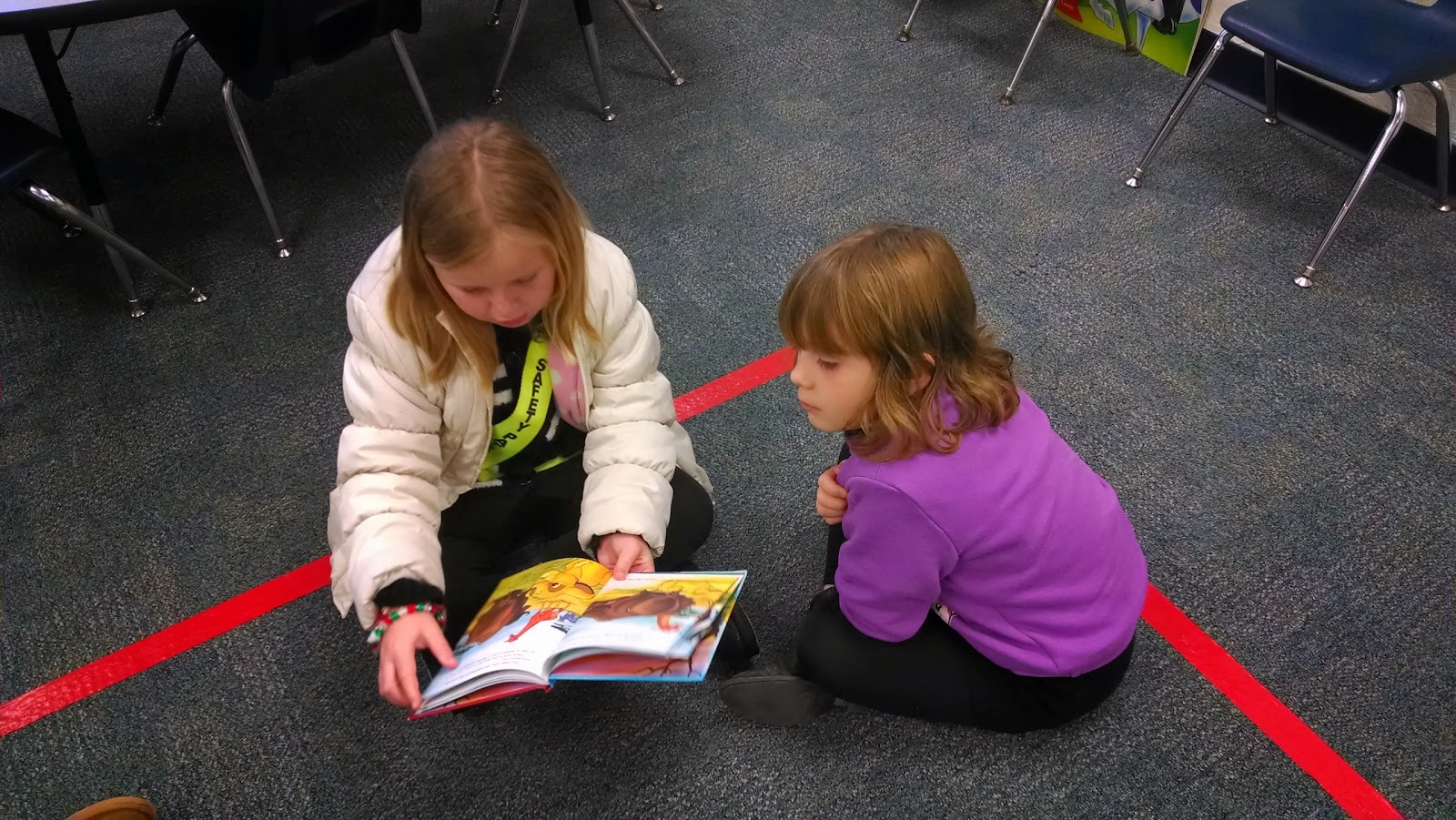We have recently shifted to teaching informative/explanatory writing. This simply means that while we are busy reading nonfiction we are going to also be writing about what we are learning. Informative/explanatory (the old expository) writing does just what it sounds like...provides the reader with information. Luckily JBE is a fantastic school that is constantly providing professional development so that all of its teachers can stay up to date with the current shifts in education. Here are a couple of ideas that I got from a recent Core Connections training.
To begin, I showed the students an example essay about Halloween (that is around the time we started our unit). I wrote each part of the essay on large strips of paper, cut them up, and passed them out to students. Together, we worked to "build" the essay by putting it back in order. The nifty part was that as we "built" the essay the students sized themselves for importance. For example, our focus statement, or "King of the Essay," stood on a chair because he was the most important and told what the entire essay was about. Next, I had my first main idea stand beside him and the two details that supported the main idea kneel . We continued building this way with our second and third main ideas and details. Finally, I had my conclusion statement, or "Queen of the Essay," stand on a chair at the end of the line because she restated the focus statement and therefor also summed up the entire essay.
Here are some pics of us building the essay...I didn't have a panoramic camera so I couldn't capture the whole thing in one shot but I'm sure you get the idea ;)
Although answers can vary, the following is the minimum expectation for an informative/explanatory essay in 2nd grade:
Focus Statement
Main Idea
Supporting Detail
Supporting Detail
Main Idea
Supporting Detail
Supporting Detail
Main Idea
Supporting Detail
Supporting Detail
Conclusion Statement
From there, we took what we were learning and tied it to text. With the new common core standards almost everything is text dependent. Students MUST be able to go back into a passage and pull out the important information and then summarize it into the above format.
We looked at an essay about Woodpeckers. The students discussed the different text features (as a review) that were found in the article. We then read the article discussing how the author had structured, or organized, the text.
Finally, I passed out bags of sentence strips, dry erase markers, and cut out details (from the text of course!). The students worked with a partner to determine what the main ideas in the article were (using the sub headings) and then wrote them onto their sentence strips. Once they had completed that, they read each detail and placed it below the main idea that it supported. This allowed me to see who could pick out the main ideas and who was able to recognize which details truly showed support and which did not belong (this was acceleration for our upcoming unit on identifying the main idea in a nonfiction text). Here is what the final product looked like...


















































